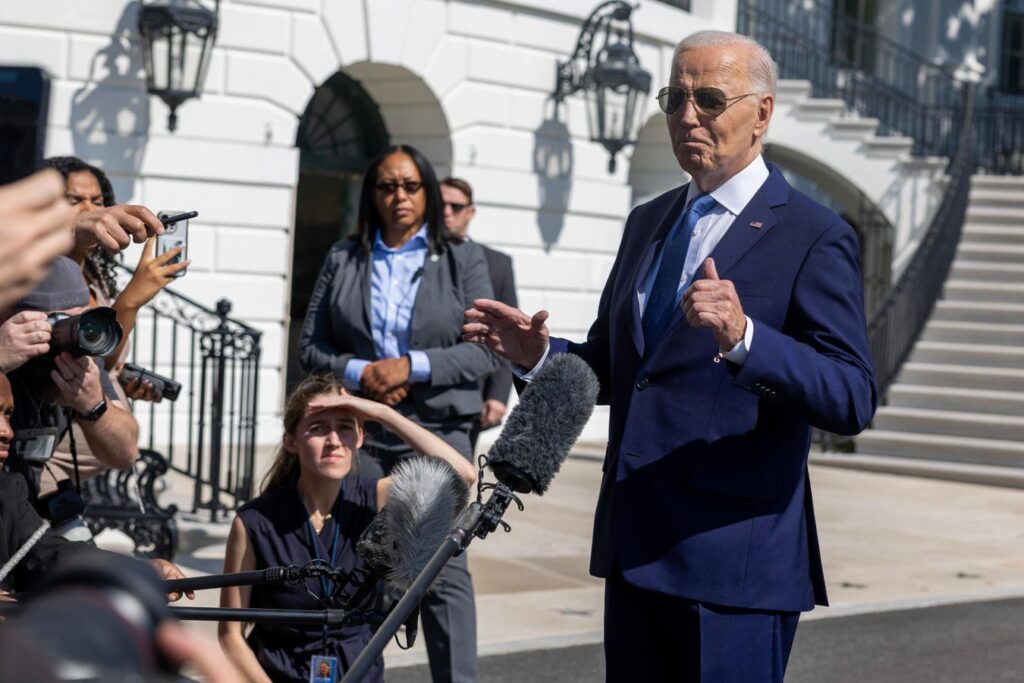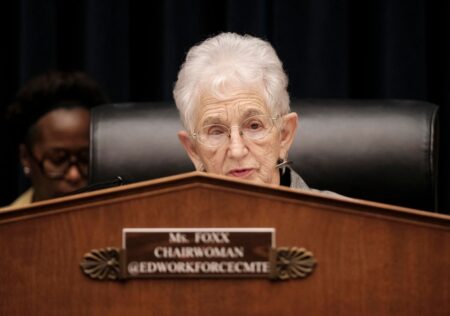With the Saving On A Valuable Education (SAVE) income-driven repayment plan for student loans on pause while its legality is debated in the courts, many borrowers with federal student loans don’t know what to do next.
Those on the SAVE plan are currently in forbearance at the direction of the Biden administration, and no payments are due and interest won’t accrue during this time. That’s a silver lining of sorts for some, but there are downsides that come with paused payments due to SAVE plan federal court action.
For example, this forbearance period won’t count for borrowers on the plan who are pursuing Public Service Loan Forgiveness (PSLF) by making payments on an eligible plan while working in an eligible public service position for 10 years (120 months).
This time in forbearance also won’t count toward forgiveness through the SAVE plan itself, either.
For these reasons and others, it’s easy to see why some borrowers might want to switch from the SAVE plan instead of waiting to hear a decision from the courts. But, should they? For the most part, borrowers should carefully consider the pros and cons before they decide.
Most Borrowers Should Stick With The SAVE Plan
Despite the uncertainty around the future of the SAVE plan, most borrowers should probably stay the course.
Financial advisor Jason Dall’Acqua of Crest Wealth Advisors says that the current situation with the SAVE plan could actually be a boon for some borrower’s finances. With no monthly payments due and no interest accruing, cash-strapped consumers could use the money they save to cover living expenses or pay down high-interest consumer debt.
Abby Wernicki, Ph.D., who serves as senior director of admissions at Colorado State University Global, has some advice for borrowers who aren’t necessarily struggling financially as well — consider setting aside loan payment amounts in a separate savings account for the future.
“This means they’ll be well positioned to begin making payments once their accounts are moved back into repayment, whether they decide to stay in the SAVE plan or switch to an alternative income-driven repayment plan,” she says.
Borrowers pursuing PSLF requirements who are close to reaching the threshold will also have the option to “buy back” PSLF credits they missed at some point. This means the time spent in SAVE forbearance doesn’t necessarily have to derail their progress toward loan forgiveness.
According to the U.S. Department of Education, being able to buy back PSLF credits becomes an option when borrowers spend time in an ineligible deferment or forbearance status. In order to buy back credits for PSLF in the future, you must also:
- Have outstanding loan balances
- Be able to prove qualifying employment for these same months, and
- Be at a threshold where buying back these months will complete your total of 120 qualifying PSLF payments
In summary, those who are pursuing PSLF but in temporary forbearance due to legal issues with the SAVE plan may be better off just waiting things out. In the meantime, they can start saving the monthly student loan payment they would be making so the money can be used to buy back PSLF credits when they get close enough to forgiveness to qualify.
Reasons To Change Repayment Plans Instead
You’ll also find some arguments in favor of switching away from the SAVE plan as soon as possible, although doing so right now won’t be easy.
The U.S. Department of Education has reopened the online application for other income-driven repayment plans, such as the Pay As You Earn (PAYE) Repayment Plan and the Income-Based Repayment (IBR) Plan.
However, trying to switch right now may be difficult, considering everything the U.S. Department of Education is dealing with (i.e. FAFSA delays again this year, SAVE plan legal challenges, etc).
At the very least, anyone wanting to switch from the SAVE repayment plan should expect a long wait.
Regardless, Dall’Acqua says that the decision to stick with SAVE or switch to a different plan should depend on a person’s financial situation and goals.
“Switching could result in a higher monthly payment, which needs to be taken into consideration from a cash flow standpoint,” he says.
Those trying to get their student loans forgiven through PSLF should keep additional considerations in mind. For example, continued progress on qualified payments under a different plan may be worthwhile for those who can afford higher payments and plan to stay in a PSLF-eligible role for the duration of their repayment period.
There’s also the question of which income-driven repayment plan to switch to from SAVE, and what will happen if the SAVE plan is ultimately saved (or struck down) by the courts. Since nobody knows what will happen with the SAVE plan in the long run, it’s impossible to make decisions based on the outcome of the legal process right now.
It would also be nice if we had some idea how long it will take for the legality of the SAVE plan to be decided, but again, nobody knows what the wait will be. While some experts believe SAVE plan issues will be resolved in the coming months, others say it could take a year or longer.
The Bottom Line
At the end of the day, the decision to stay on the SAVE plan or switch to a new plan is up to individual borrowers. Overall, it seems like the safest thing to do is just wait and see what happens — especially when it comes to borrowers who are not seeking PSLF.
But, you shouldn’t let this time go to waste, either. Dall’Acqua says those who choose to wait things out can use the current payment and interest pause as an opportunity to strengthen other areas of their financial picture.
“Take the money you are saving to pay down debt, build additional emergency reserves, or boost savings toward other goals such as retirement or a home down payment,” he says.
And if you are indeed pursuing student loan forgiveness through PSLF, set the monthly payment aside in a savings account so you can buy back PSLF credits when you get the chance.
Read the full article here











